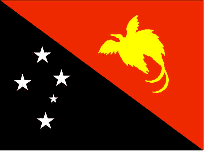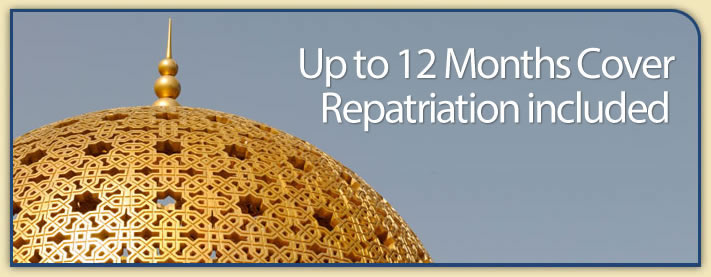Country Guide • Papua New Guinea

Papua New Guinea consists of over 600 islands and lies in the middle of the long chain of islands stretching from mainland South East Asia. It lies in the South Pacific, 100 miles north of Australia. The territory includes the Bismarck and Louisiade Archipelagoes as well as the Trobriand and D'Entrecasteaux Islands and other offshore islands including New Britain, New Ireland and Bougainville. It is bound by the Gulf of Guinea and the Coral Sea to the south, Indonesia to the west, the Solomon Sea to the east and the Bismarck Sea to the north east
| Official Name | Independent State of Papua New Guinea |
|---|---|
| Area | 461,691km² (178,260mile²) |
| Population | 5,295,800 |
| Continent | Australia/Oceania |
| Population per mile² | 30 |
| Capital City | Port Moresby |
| Religions | 58% Protestant, 33% Roman Catholic, 5% Anglican. The remainder follow local native tribal beliefs |
| Language | 715 indigenous languages, English is spoken by 1%-2% although pidgin English is widespread |
| Government | Democracy |
| Currency | Kina |
| GDP | $1.2 billion |
| GDP per Head | $2,300 |
| Natural Resources | Gold, copper, silver, natural gas, timber, oil, fisheries |
| Land Use | Arable Land 0.13% |
| Agriculture | Coffee, cocoa, coconuts, palm kernels, tea, rubber, sweet potatoes, fruit, vegetables; poultry, pork |
| Industry | Copra crushing, palm oil processing, plywood production, wood chip production; mining of gold, silver, and copper; crude oil production; construction and tourism |
| Tourism | The beaches and coral reefs around Papua New Guinea offer superb swimming and snorkelling facilities. Warning: The British and Foreign Commonwealth Office advise against all non-essential travel to Southern Highlands and Enga Provinces. In other Highlands Provinces and in the cities of Port Moresby and Lae, the law and order situation remains very poor. Assaults, robbery, vehicle hijacks, random shootings and serious sexual assaults are common and whilst not specifically targeted, foreigners are much more visible targets. |
| Natural Hazards | |
| Health Risks | Malaria, dengue fever and diarrhoea |
| Climate | Papua New Guinea has a monsoonal climate characterized by high temperatures and humidity throughout the year. The NW Monsoon season is from December to March while the SW Monsoon season is from May to October. Rainfall is at its heaviest in the highlands with average annual precipitation varying between 2,000 and 5,000 mm (79 to 197 inches). Average temperature ranges in Port Moresby are from 26°C (79°F) to 28°C (82°F) all year |
| Time | GMT/UTC+10 hours |
| National Days | Independence Day - 16 September |
| Visas | British and other foreign nationals require visas to enter Papua New Guinea but tourists may obtain these on arrival for 100 Kina, payable in local Kina currency |
| British Embassy | Embassy Details |
Information Only
The content above is for information purposes only and we have tried to ensure that the information is as accurate as possible. We cannot accept any responsibility for any inconvenience, loss or injury as a result of the information above. You should always check and verify any critical information like visas, health and safety and customs with the relevant authorities before you travel since information can change at any time.



